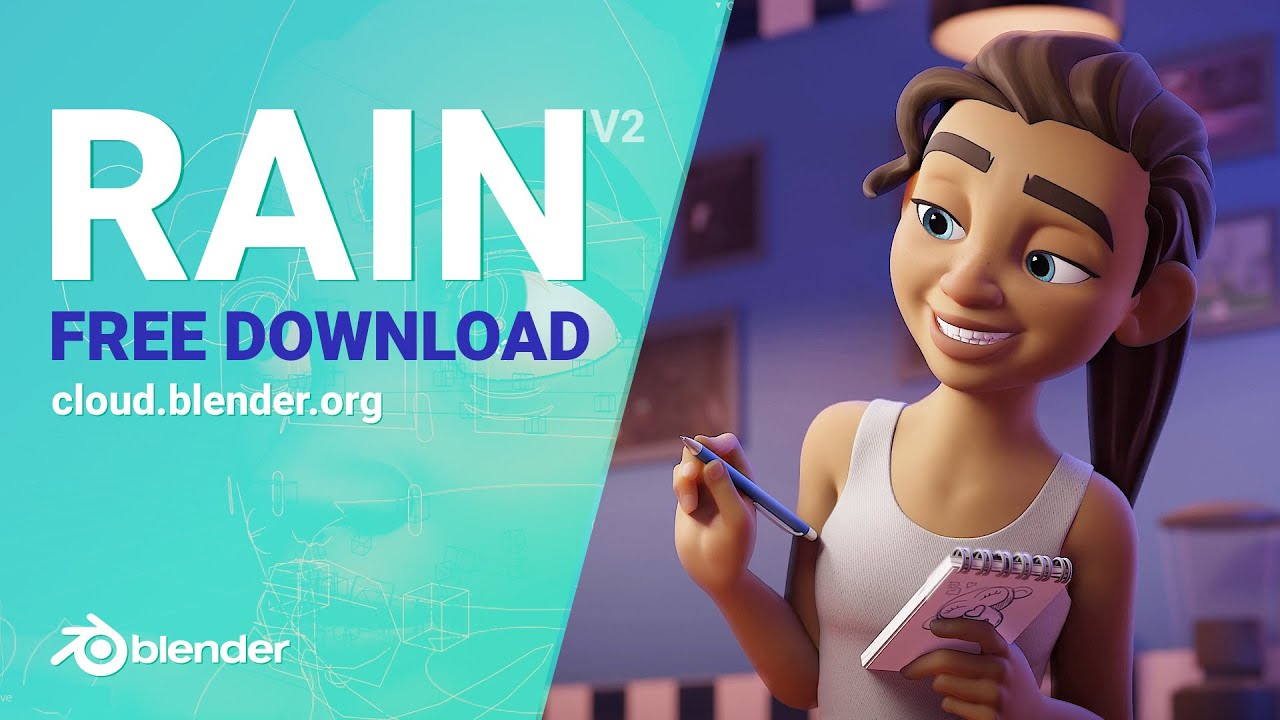Animation is a vast subject. sometimes, people do not even agree on it’s very definition. But when we talk about the animation industry, we can at least make some asumptions about animation process, theorical approach, established rules and… learning process. Great!
to my humble advice, no one will tell you how to animate in a single comment on a forum topic, so instead of explaining you theories about the very process of animating, I’ll tell you about what I think you should know considering you’ll make your research by yourself afterwards.
1)- you can break up an animator’s skills in two categories :
the first one is animation related skills (animation principles, movement analysis, acting…)
the second one is tool related skills(essentially,in your particular case, the software that you’re using)
why am I talking to you about that ? I wouldn’t have if we were on a Maya forum, so let me explain:
Total world population : 7.8 billions
People who animate “”""“pixar level”"""" : I dunno but few compared to 7.8 billions
People who animate “”""“pixar level”"""" SPECIFICALLY IN BLENDER : 0
what I mean is that when it comes to software related skills, most of the ressources you’ll find online are targeted to maya users:
FORTUNATELY, while blender handles rigging slightly differently from Maya, it handles animation and keyframes nearly exactly the same. So… when you’re doing your researches on animation topics regarding the workflow, the steps, the tips, the common mistakes and traps related to 3D animation; you’d better not put the “blender” keyword in your search.
2)- we’re talking about film animation here. that means that your output is a flat image sequence. what I’m trying to explain is that 3D computer animation should not be considered different from 2D traditional animation. the first category, “animation related skills”, I mentioned earlier remain the same whether you’re doing pencil animation on actual physical paper, or 3D animation in a dedicated software.
3)- So, what about actual animation then ? Look up for the 12 principles of animations, these principles were wrote down by Frank Thomas and Ollie Johnston late in their carreer at Disney to explain what they, and other Disney animators, have learned and figured out about animation when it basically didn’t exist. You’ll learn how they broke down body mechanics to an appoach that’s understandable to human beings and how to apply it for theatrical and storytelling purposes.
The 12 animation principles are not just a bunch of rules. Tt’s a method, it’s a theorical approach on an art form, and it’s a learning tool.
It’s not THE ONE and only method, it’s one method, there are others, but it’s the one that’s validated in the animation industry in U.S and Europe. But how great it is!
I mean… At Disney, the people who gathered and worked there back in the beginning of the 20th century… they basically invented and put together an incredibely viable, concrete, and solid approach of a brand new art form in less than… well… 20 years ? how to say, animation barely existed in 1900, Walt was born in 1901, He created Disney company in 1923 and in 1937, there was frickin Snow White, in 1940, there was Pinocchio. Look at the animation in Pinocchio! Damn! If this film was to be released tomorrow, it’d still be GREAT animation.
I mean, imagine you’re born in 1920, the animation ? well I dunno there’s something that other guy here is doing i dunno what to think about it. Then it’s 1940, you’re entering your twenties: BAM! Animation is a serious business, and there are feature length films that’ll remain masterpieces for decades.
And you have these 12 principles of animation,
it’s not like if you had parents or relatives who could guide you trough a more exquisite, elitist or I dunno how more complete, complex or exhaustive understanding of animation. You most likely have to look up to this on your own, so, the 12 principles of animation is the first thing you should search when you don’t know where to begin.
4)-Try to help yourself as much as you can according to your budget, look for online courses, maybe schools depending on where you live. I don’t even know how old you are. You’re not alone, you can’t reinvent the wheel, people have the knowledge you’re looking for, you’ll get it from them. Learning animation is a long process, use all the help you can to keep you on track.
5)- Even if you’re focused on 3D animation, learning drawing is pretty damn useful. I could tell you how, I coud tell you why, but you most likely understand how and why once you’re actually drawing. And other people are explaining this well and this message is already long enough.
6)- Look up for professional artists who are working in the industry and who are talking about their craft. Them being in the industry is your best evidence that they are trustworthy and that you can learn from them.
And last but not least, Watch films ! watch a lot of films, watch cartoons, anime, feature films, all this stuff, live action too. You don’t even have to study or analyse those in the first place. watch them for pure pleasure. The ammount of answers to your questions you’ll find by just remembering what you saw worth one million animation books. Films is the animation art in it’s primary form, it’s final purpose. What you see on the screen is what animators are struggling to get right. and this is close to what you’ll struggle to get right to you and to your andience next. Keep your motivation by fuelling your love for your craft with great movies, have dreams, struggle, and love. I mainly try to share my love for animation instead of explaining you how to make it. Love is the one and only thing that’ll carry you through all this work.
